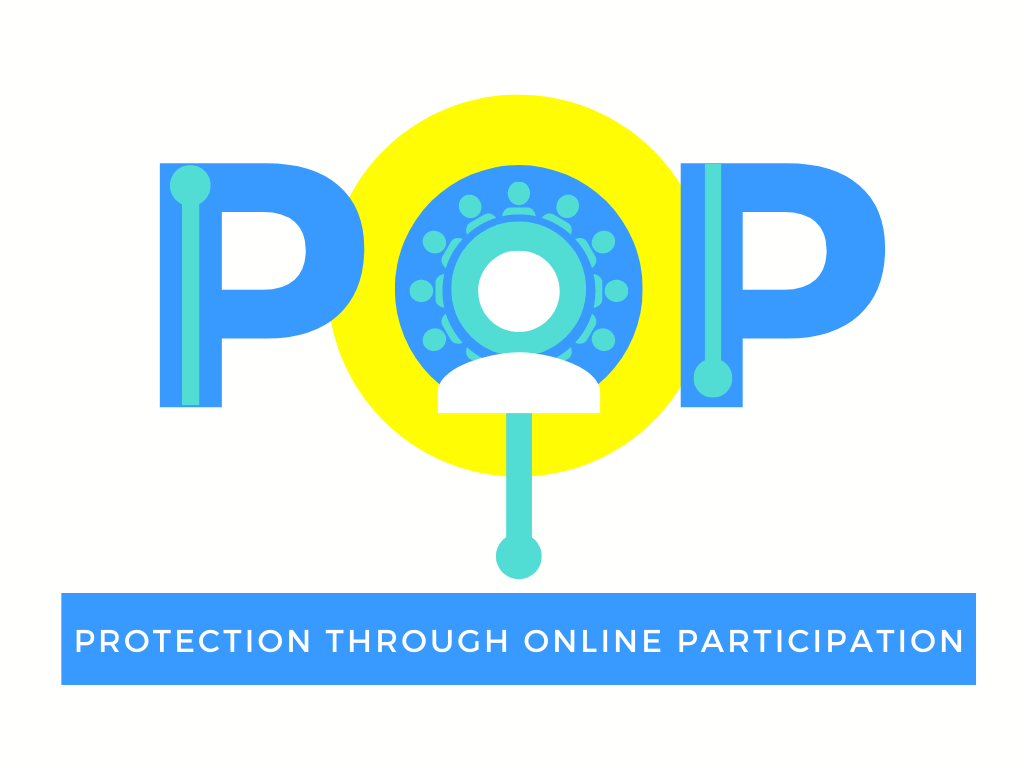Safer Internet Day: How children are accessing protection online
New York, 8 February 2022 - Every seven minutes, a child dies because of violence, with half of children around the world experience violence every year. The coronavirus pandemic exacerbated risk factors and increased the incidence of violence. At the same time, children and youth are turning more to online sources for support.
To address this growing need, international organizations and experts in child online protection have formed a multi-stakeholder group aiming to better understand how children and young people are using the Internet as a means of access to safety and protection.
Peer-to-peer online protection systems, organized and led by young people, have notably emerged as a key mechanism to address the widening support gap.
Child Helpline International’s latest report, Voices During the COVID-19 Pandemic, reveals a 25 per cent increase in contacts – a key indicator of ongoing prevention, reporting, and support – between 2019 and 2020. Violence and mental health remain the main reasons for children to reach out to the helpline, with online support emerging as a new trend, prompting the organization to recruit more digital volunteers.
Still, more needs to be known about what youth and children look for in protection services on the Internet.
Online resource gaps
The Internet can provide a safe space for young people to exercise some of their rights – to express themselves freely, obtain information, and peacefully associate. Where connectivity is available, children can also use the Internet to make their environment safer through access to helplines, support systems, and protection services.
“With more and more children connected every day, we have to understand how children can access support and protection online,” says Najat Maalla Mjid, the UN Secretary-General’s Special Representative on Violence Against Children.
Still, a report from UNICEF, Adolescent Mental Health Matters: A Landscape Analysis of UNICEF’s Response and Agenda for Action, reveals a significant gap in ways and means for children to connect with mental health professionals. Many children and young people to turn to one another for support.
“Technology has progressed so quickly, offering children unprecedented and unimaginable opportunities,” says David Wright, Director of the UK Safer Internet Centre. “But… so have the issues and potential harms.”
Peer-to-peer networks and support systems
Children and youth can often be motivated by their peers to use support services, recognize healthy behaviour, and build the confidence to stand up for themselves.
Peer networks play a critical role in violence reporting and prevention – making children themselves instrumental in connecting other children with reporting services and protection resources.
Two years ago, our office conducted a mapping exercise to better understand how children were taking action to address violence. The study compiled experiences from children in 19 countries who proposed online mental health solutions for their peers.
In another 21-country sample, research showed 83 per cent of young people between the ages of 15 and 24 preferring to address mental health issues by sharing experiences, as opposed to grappling with such issues alone.
“When faced with trauma or violence,” agrees Melissa Sassi, Chief Penguin at IBM Z, people of any age will “often feel more comfortable talking to peers.”
While the pandemic of the past two years has heightened online risks, it has also brought growing interest from children and youth in supporting each other online, and in accessing online solutions. As both these trends illustrate, children need direct online access to reliable, timely, trustworthy protection resources.
New working group: POP – Protection through Online Participation
 The Office of the Special Representative is proud to join a new working group established within ITU’s Child Online Protection Initiative that includes the International Telecommunication Union (ITU), the Office of the Secretary-General’s Envoy on Youth, UNICEF, along with Child Helpline International, Global Kids Online, mainframe hardware platform IBM Z, volunteer community MentorNations, and the UK Safer Internet Centre.
The Office of the Special Representative is proud to join a new working group established within ITU’s Child Online Protection Initiative that includes the International Telecommunication Union (ITU), the Office of the Secretary-General’s Envoy on Youth, UNICEF, along with Child Helpline International, Global Kids Online, mainframe hardware platform IBM Z, volunteer community MentorNations, and the UK Safer Internet Centre.
The collaborative initiative “is a necessary step toward understanding the numerous benefits and opportunities for the protection of children and young people, both online and offline.”
The group – launched at Safer Internet Day 2022 – aims to develop a better understanding of how online means are helping enhance child protection systems, sharing good practices, lessons learned, and challenges. First it will map out online support systems and services around the world. Then it will make the information available, assess the various online resources, and make recommendations to child protection stakeholders, governments, and technology providers.
Alongside professionals in the field, the working group will include children and youth, committing to incorporate authentic voices throughout the process.
For additional information or to get involved, contact cop@itu.int or srsg-vac@un.org.

